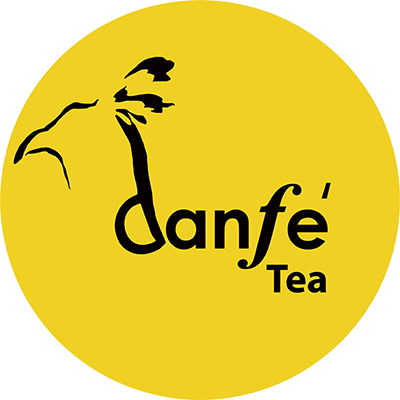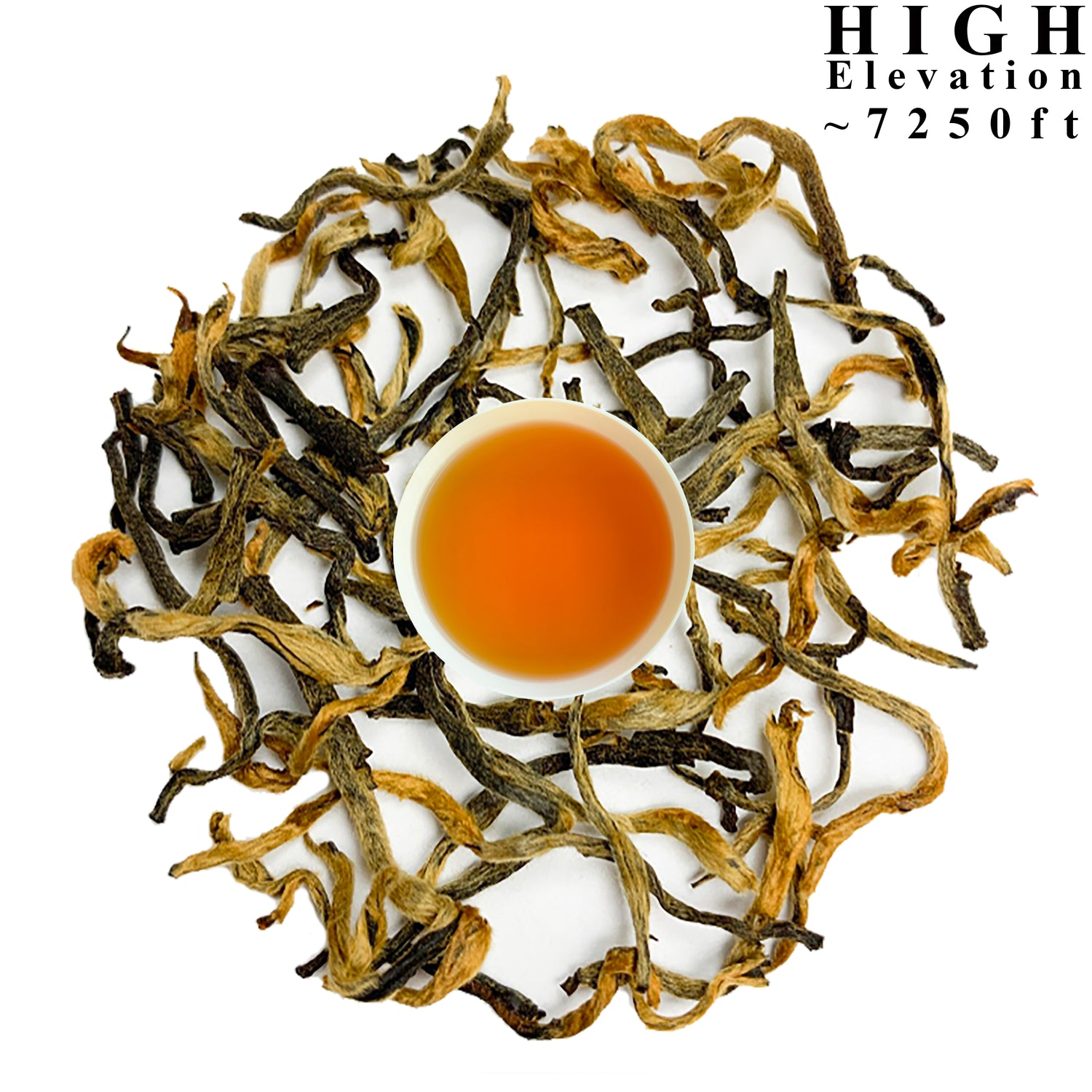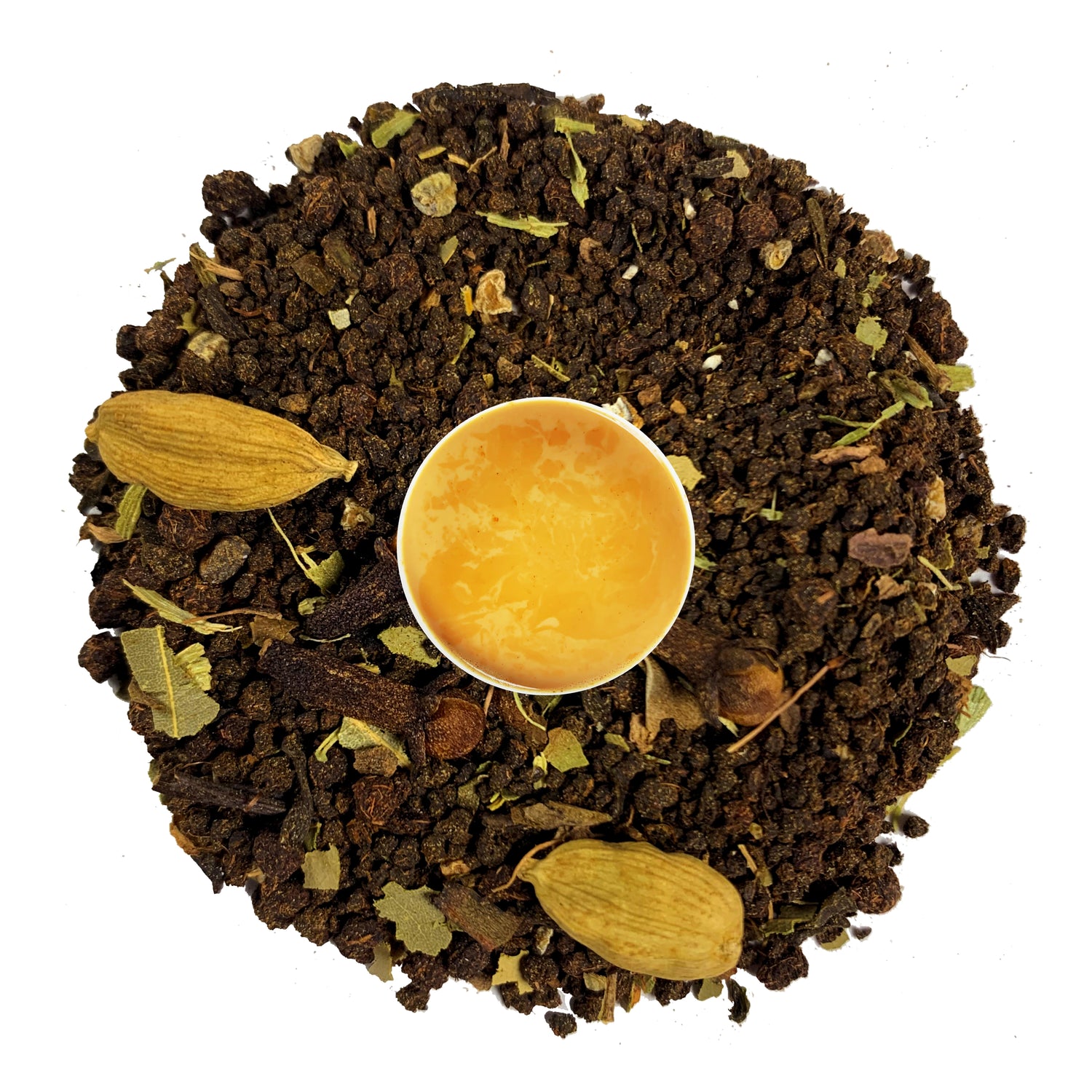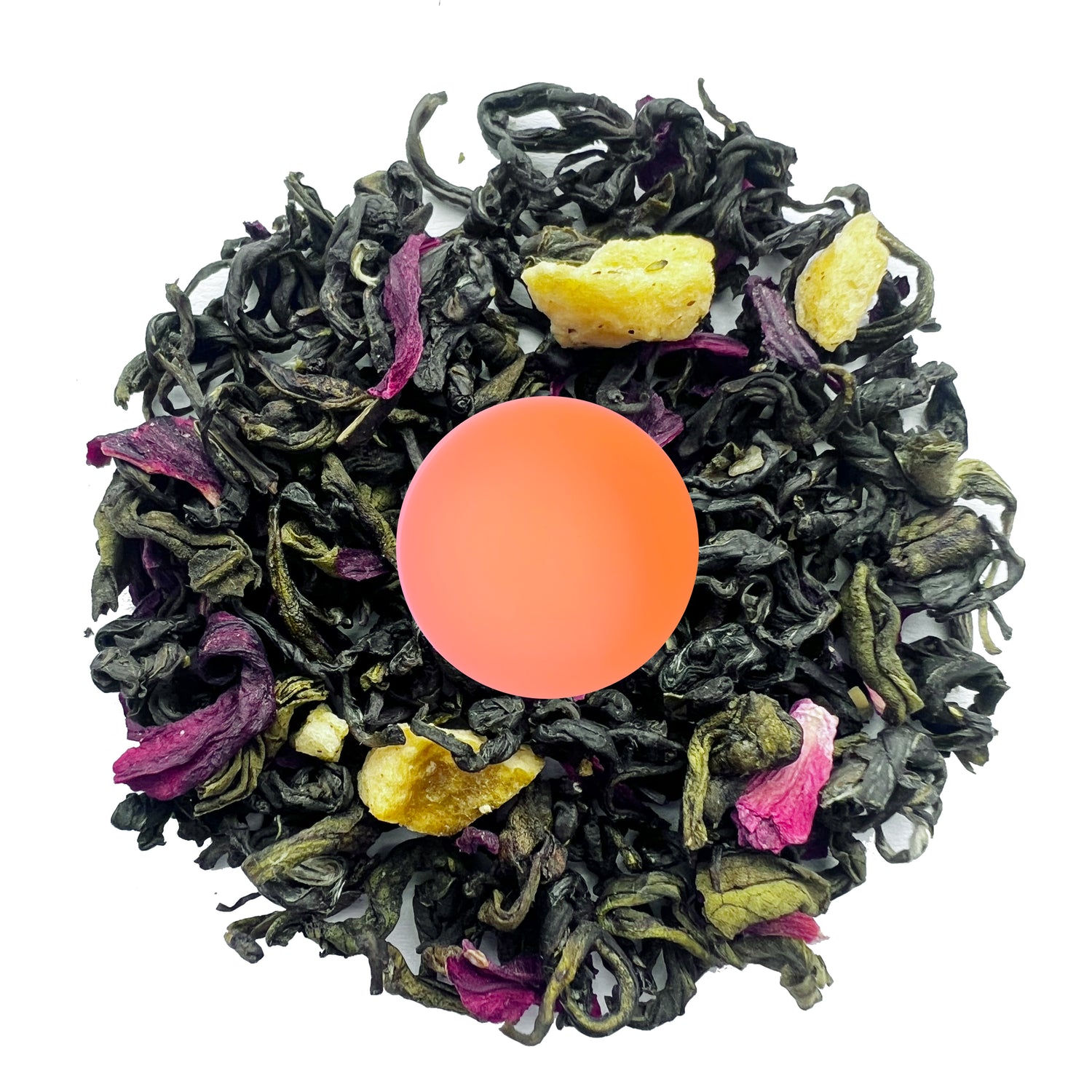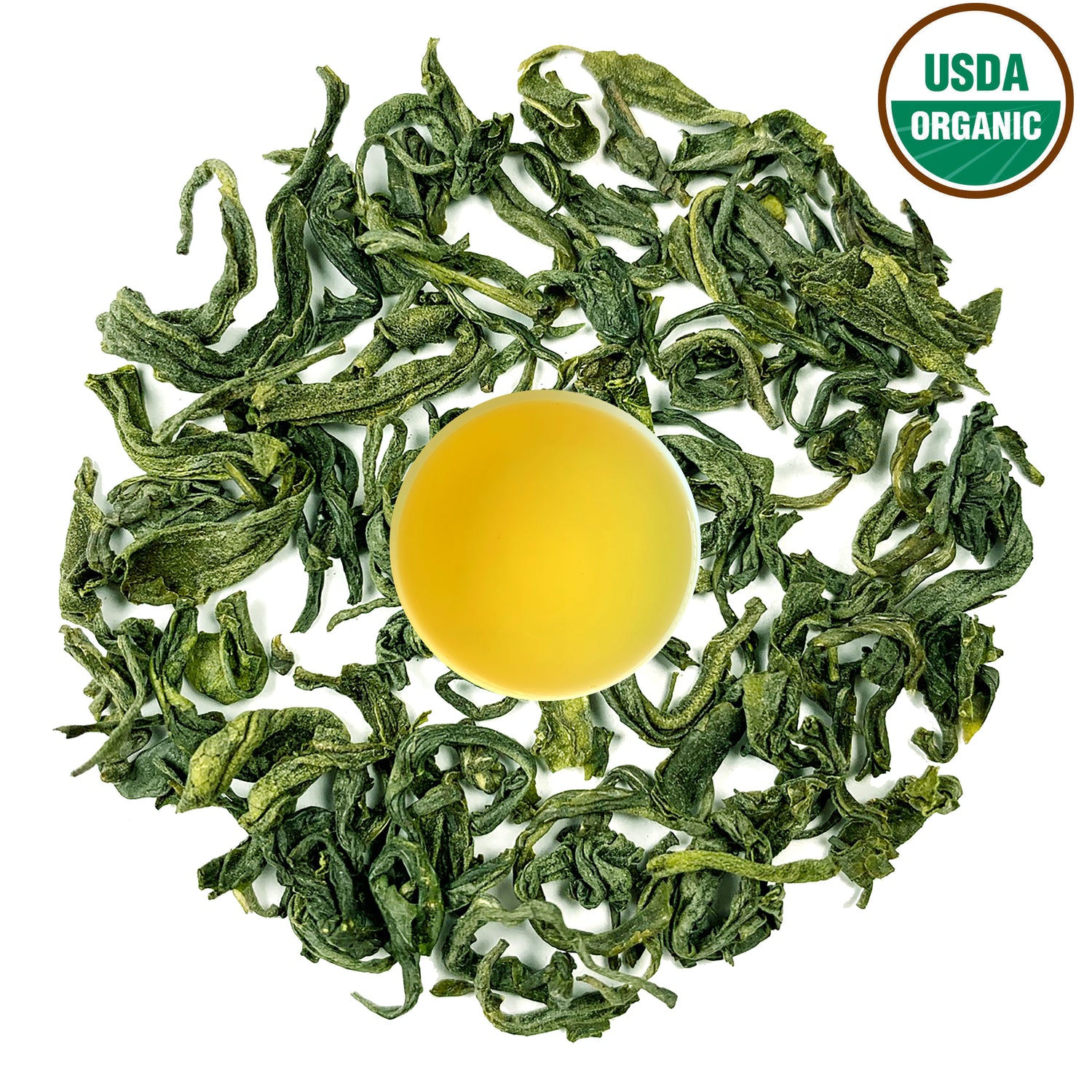
Transforming Tea: Nepal's Journey From Ilam To The World
In the lush and scenic Ilam District, located in the eastern part of Nepal, lies a captivating story of tradition, innovation, and determination. This story is about more than just growing tea; it’s about a journey that connects generations, honors heritage, and introduces the world to the unique flavors of Nepalese tea. At the heart of this tale is the Highlander Farmers in Barbote, Ilam, whose dedication to tea cultivation reflects the vibrant spirit of the Nepal Tea industry. This rich narrative is brought to life through a discussion with Mr. Narendra Kumar Gurung, a third-generation tea plantation owner who shares his insights about tea’s past, present, and future in Nepal.
For a closer look at this inspiring story, you can watch the conversation on YouTube, where the essence of Nepalese tea culture comes alive through the experiences of Mr. Gurung.
A Legacy Spanning Over a Century: The Gurung Family's Journey
The Gurung family has been at the heart of tea cultivation in Nepal for over a hundred years. As a third-generation plantation owner, Mr. Narendra Kumar Gurung embodies the enduring legacy of Nepalese tea. His story mirrors the transformation of Nepal’s tea industry from a local practice to a global contender. The family’s resilience, commitment, and ability to adapt to changing times have been instrumental in keeping the tradition of tea alive while moving toward modern, sustainable practices.
This journey is not just about farming; it’s about embracing innovation to elevate Nepalese tea to new heights. The shift from traditional farming methods to incorporating advanced technologies has helped producers like the Gurung family bring their teas to global markets while maintaining the authenticity of their craft.
Balancing Tradition and Modernity
A key takeaway from the conversation with Mr. Gurung is the delicate balance between preserving tradition and adopting modern practices. While the roots of Nepalese tea lie in its age-old cultivation methods, incorporating scientific advancements has allowed the industry to increase productivity and improve quality.
Modern tools and research have enabled producers to understand soil health better, refine processing techniques, and create teas with consistent flavors. However, what makes Nepalese tea stand out is its deep connection to culture and tradition, which is never compromised even as the industry grows and evolves.
Entrepreneurial Spirit: Turning Challenges into Opportunities
The story of Mr. Gurung and the broader Nepalese tea industry is a testament to the entrepreneurial spirit that drives innovation in the face of challenges. From understanding the needs of international markets to creating effective branding strategies, producers like Mr. Gurung are ensuring Nepalese tea is not just a product but an experience for consumers worldwide.
Global markets demand consistency, quality, and unique selling points. Producers in Nepal are meeting these demands by focusing on high-altitude teas with distinctive flavor profiles. The entrepreneurial mindset is helping transform tea from a commodity into a premium product, creating opportunities for growth and recognition on the world stage.
Nepalese Tea’s Global Vision
A significant theme in the discussion with Mr. Gurung is the ambition to make Nepalese tea a household name globally. This vision is supported by the unique characteristics of high-altitude teas, which are cultivated in the pristine environment of the Himalayan foothills. The cool climate, fertile soil, and organic farming practices give Nepalese teas their distinct aroma and taste, making them a favorite among tea enthusiasts.
Efforts to strengthen branding, improve packaging, and connect directly with international buyers are part of this global vision. Nepalese tea is now recognized as a premium alternative to Darjeeling tea, offering a similar richness in flavor but with its unique characteristics.
Significant Buyers and Global Reach
Mr. Gurung highlights that the journey of Nepalese tea doesn’t end in Nepal. The teas produced in Ilam are primarily marketed from Kathmandu, where they are sold to Nepali and Chinese traders who then export them to various countries. Additionally, niche companies in the United States and Japan have shown a growing interest in Nepalese tea. These companies often purchase small quantities, around 100-150 kilograms, and sell them under their brands, showcasing the global appeal and versatility of Nepalese teas.
Supporting Local Farmers
Organizations like Nepal Tea Exchange in Nepal and Danfe Tea in the United States play crucial roles in supporting small farmers. By providing a direct link between these farmers and global markets, these organizations help ensure fair pricing, better opportunities, and the promotion of sustainable farming practices. This support not only uplifts the local economy but also preserves the cultural heritage of tea farming in Nepal.
The Challenges Ahead
Despite its growing popularity, Nepalese tea faces several challenges. Marketing and branding limitations, logistical hurdles, and the competition with established global tea producers are significant obstacles. However, the resilience and adaptability of Nepalese producers, combined with the support from initiatives like Nepal Tea Exchange and Danfe Tea, are paving the way for overcoming these challenges.
Experience Nepalese Tea: A Blend of Culture and Flavor
For tea enthusiasts, Nepalese tea offers a chance to explore the flavors of the Himalayan foothills. The teas are not just beverages but a reflection of the hard work, tradition, and innovation that define Nepalese tea-making. From robust and aromatic black teas to delicate and floral white teas, there is something for every palate.
Stay Connected with Danfe Tea
Danfe Tea, based in the United States, is committed to bringing the authentic taste of Nepalese tea to American consumers. By partnering with Nepal Tea Exchange, we ensure that the teas we offer are of the highest quality and represent the rich culture of Nepal. Follow us on our website, Instagram, and Facebook to stay updated on new products, events, and stories from the world of Nepalese tea.
FAQs for Nepal Tea
1. What makes Nepali tea a great alternative to Darjeeling tea?
Nepali tea has a unique flavor profile, thanks to its high-altitude cultivation and organic farming methods. It offers a wide range of tastes, from floral to musky, and is known for its exceptional quality.
2. How does Danfe Tea support Nepali farmers?
Danfe Tea works closely with Nepal Tea Exchange to connect local farmers in Nepal to international markets. This partnership ensures fair prices and helps promote sustainable farming practices.
3. Can Nepali tea compete with other global tea varieties?
Yes, Nepali tea stands out due to its rich flavors, organic cultivation, and the unique environment of the Himalayan region. It competes well with other global teas, offering a distinct taste that tea lovers appreciate.
4. What are the main export markets for Nepali tea?
The main markets include China, India, the United States, and Japan. These countries recognize the quality of Nepali tea and often sell it under their brands.
5. What challenges does Nepali tea face in reaching global consumers?
Some challenges include limited marketing resources, competition from established brands, and logistical issues. However, initiatives like Nepal Tea Exchange and Danfe Tea are helping overcome these obstacles.
6. How can consumers support the growth of Nepali tea?
Consumers can support Nepali tea by choosing to buy it, sharing their experiences with others, and engaging with brands like Danfe Tea on social media to spread awareness.
